Introduction
So I won the Grand Prix Cleveland a couple weeks ago and figured I’d write something about it. It’s a little weird to be writing about a dead limited format, but I think there are some generally useful lessons in how I built my Sealed deck and navigated the drafts.
Theory of Sealed
A common misconception is that Sealed decks are less powerful than draft decks. That claim is true insofar as a typical draft deck will be favored against a typical Sealed deck, but it glosses over key differences between the two formats. A good draft deck can be a poor Sealed deck, and vice versa. Similarly, players who dismiss Sealed as “bomb-driven” but don’t act on that characterization are missing the point.
Draft decks are defined by synergy. In draft, the filler-level cards get distributed to the players whose decks can best utilize them. For example, if you pick a card like 《High Alert》 early in a draft, you’ll naturally prioritize cards like 《Senate Courier》, 《Junktroller》, and 《Azorius Knight-Arbiter》 more highly and will likely end up with every copy of these cards in the 24 packs at your table. In Sealed, you’re stuck with the commons and uncommons you happen to open in your 6 packs and are highly unlikely to be able to support a card like 《High Alert》.
On the other hand, Sealed decks are defined by power. 4 players in Sealed open as many packs as 8 players do in draft, and overall the same number of players open twice as many packs. This means there are twice as many bomb rares, sweepers, and premium removal spells in circulation. Furthermore, players will never actively get cut out of a color in Sealed. They’ll ultimately play the majority of the bombs, sweepers, and premium removal they open.
To illustrate, I consider 7 cards in Ravnica Allegiance (RNA) limited to be a cut above every other card in the set: 《Ethereal Absolution》, 《Mass Manipulation》, 《Biogenic Ooze》, 《Angel of Grace》, 《Hydroid Krasis》, 《Skarrgan Hellkite》, and 《Ravager Wurm》. The probability of opening one of these cards in a single pack is (2*2 + 5) = 9/121. An average of 9*24/121 = 1.785 of these cards will be opened per draft, so generally only 1 or 2 players at the table, or 22.314%, will have them.
In Sealed, the probability that a single pool contains one of these cards is 1 – (1 – 9/121)^6 = 0.371. More than a third of players in a given field will have at least one of these mega-bombs. In Cleveland, 254 out of 1231 players, or 20.634%, made the day 2 cut. More players opened 1 these 7 rares than made day 2.
Note that this calculation also excludes powerful uncommons like 《Mortify》 and 《Gatebreaker Ram》 and merely great rares like 《Seraph of the Scales》 and 《Guardian Project》. Sealed is a minefield of powerful cards.
To succeed in Sealed, you need to maximize the bombs you open and be prepared to beat your opponent’s bombs. Hard counterspells like 《Thought Collapse》 and discard spells like 《Drill Bit》 are great because they have the potential to cleanly answer any card. Clunky or inconsistent answers like 《Expose to Daylight》, 《Bring to Trial》, and 《Consign to the Pit》 all go up in stock.
Ways to recur cards like 《Regenesis》 and 《Dead Revels》 all get much better when you have access to creatures like 《Biogenic Ooze》 and 《Ravager Wurm》. Even though 《Regenesis》 is barely playable in draft, it can be one of your best cards in Sealed. Using 《Dead Revels》 or 《Regenesis》 to play your bombs a second time isn’t a pipe dream, it’s valuable option that might be necessary.
You want to avoid random creatures like 《Territorial Boar》 and 《Sage's Row Savant》. This is true in RNA limited in general, but it’s particularly true in Sealed. It’s exceedingly unlikely that these medium creatures will have a meaningful impact on the game before rares and uncommons, or even the humble 《Senate Courier》, obsolete them.
One mistake a lot of players make is to try to salvage a weak Sealed pool by building an aggressive deck of cheap creatures and combat tricks, aiming to win before their opponents can deploy their bombs, but this is rarely an effective strategy even if you open the right cards for it.
Combat tricks and Auras, tools that aggressive draft decks frequently lean on, are weaker in Sealed because decks will have more and better removal. Sealed opponents are much more likely to play a card like 《Hydroid Krasis》 or 《Ethereal Absolution》 that combat tricks simply won’t beat. That said, you should be prepared for other players employing this strategy and should play enough defensive tools that they don’t have totally free reign.
Day 1: Sealed (9-0)
I opened the following Sealed pool:
- Allen Wu
- – Sealed Pool
- Grand Prix Cleveland 2019
- (Day 1)
1 《Azorius Guildgate》
1 《Gruul Guildgate》
1 《Rakdos Guildgate》
-Land (6)- 2 《Gruul Locket》
2 《Orzhov Locket》
-Artifact (4)- 1 《Impassioned Orator》
1 《Tithe Taker》
1 《Haazda Officer》
1 《Archway Angel》
1 《Arrester's Zeal》
1 《Summary Judgment》
2 《Bring to Trial》
2 《Expose to Daylight》
1 《Rally to Battle》
-White (11)- 3 《Senate Courier》
1 《Coral Commando》
1 《Chillbringer》
1 《Humongulus》
1 《Windstorm Drake》
3 《Shimmer of Possibility》
1 《Arrester's Admonition》
1 《Clear the Mind》
1 《Prying Eyes》
-Blue (13)-
1 《Orzhov Enforcer》
1 《Spire Mangler》
1 《Spawn of Mayhem》
1 《Orzhov Racketeers》
2 《Grotesque Demise》
2 《Undercity's Embrace》
1 《Cry of the Carnarium》
1 《Dead Revels》
1 《Ill-Gotten Inheritance》
1 《Consign to the Pit》
-Black (13)- 1 《Gravel-Hide Goblin》
1 《Burning-Tree Vandal》
1 《Spikewheel Acrobat》
1 《Rumbling Ruin》
1 《Storm Strike》
1 《Scorchmark》
1 《Burn Bright》
1 《Rubble Reading》
1 《Flames of the Raze-Boar》
-Red (9)- 1 《Saruli Caretaker》
2 《Territorial Boar》
1 《Sylvan Brushstrider》
1 《Axebane Beast》
2 《Wrecking Beast》
1 《Open the Gates》
1 《Gift of Strength》
1 《Biogenic Upgrade》
-Green (10)-
2 《Sphinx's Insight》
-Azorius (3)- 1 《Gruul Spellbreaker》
2 《Frenzied Arynx》
1 《Cindervines》
1 《Savage Smash》
-Gruul (5)- 1 《Final Payment》
1 《Seraph of the Scales》
-Orzhov (2)- 1 《Fireblade Artist》
1 《Hackrobat》
1 《Rakdos Firewheeler》
-Rakdos (3)- 1 《Combine Guildmage》
1 《Aeromunculus》
1 《Sharktocrab》
1 《Zegana, Utopian Speaker》
1 《Galloping Lizrog》
2 《Growth Spiral》
1 《Incubation // Incongruity》
-Simic (8)- 1 《Rubble Slinger》
1 《Vizkopa Vampire》
1 《Sphinx of the Guildpact》
-Gold (3)-
Around 10 minutes into deckbuilding, I’d already resigned myself to missing day 2. My pool didn’t have any of the best rares, and I couldn’t find a deck in any 2- or even 3-color combination that I was happy with. Most of my best creatures were blue and green and all my removal was in black and white. I didn’t think a base BW deck would be powerful enough with just 《Seraph of the Scales》 and 《Spawn of Mayhem》. I decided I needed to just play all my best cards and hope to get lucky with my colored mana.
I wound up on the following build:
- Allen Wu
- – Sealed Deck
- Grand Prix Cleveland 2019
- (Day 1)
3 《Island》
2 《Forest》
2 《Plains》
3 《Simic Guildgate》
1 《Azorius Guildgate》
1 《Gruul Guildgate》
1 《Rakdos Guildgate》
-Land (17)- 1 《Combine Guildmage》
1 《Orzhov Enforcer》
1 《Senate Guildmage》
1 《Tithe Taker》
1 《Aeromunculus》
1 《Senate Courier》
1 《Seraph of the Scales》
1 《Sharktocrab》
1 《Zegana, Utopian Speaker》
1 《Chillbringer》
1 《Windstorm Drake》
1 《Archway Angel》
-Creature (12)-
1 《Final Payment》
1 《Summary Judgment》
2 《Grotesque Demise》
1 《Arrester's Admonition》
2 《Sphinx's Insight》
1 《Dead Revels》
1 《Flames of the Raze-Boar》
1 《Orzhov Locket》
-Spell (11)-
The cost you pay for a crazy, extreme manabase like this one is that you’ll typically be missing a color of mana for much of the game and may not be able to cast your spells in a timely manner. For a typical, 2-color limited deck, I maximize my chances of having access to both colors of mana and proceed with the assumption that I’ll be able to cast my spells. For a deck like this one, I instead try to build my deck such that having individual colors early is less critical.
For example, “splashing” 《Open the Gates》 or 《Tithe Taker》 might seem strange. However, if I don’t have green mana for 《Open the Gates》, that means the other lands I drew likely produce my other colors of mana and I don’t really need 《Open the Gates》. Similarly, 《Tithe Taker》 is a powerful defensive play early and an useful option for double-spelling later in the game if I’ve been missing white mana. You need the spells you can cast to buy time for the ones you can’t.
Cards like 《Seraph of the Scales》, 《Sphinx's Insight》, and 《Zegana, Utopian Speaker》 that can provide multiple spells of value are also key, again to make up for the spells you can’t cast. That maybe goes without saying, since it’s not clear to me why you’d play a manabase like this without those cards.
I chose not to play 《Bring to Trial》 or 《Expose to Daylight》, cards I’d normally be happy to maindeck in Sealed, because I didn’t think I could afford the risk of having situational cards on top of cards I couldn’t cast because of my manabase. That said, I do regret playing 《Windstorm Drake》 over 《Bring to Trial》 and made that change during sideboarding in most rounds. 《Bring to Trial》 isn’t as situational as I thought it was, and 《Windstorm Drake》 isn’t as impactful.
CC spells such as 《Spawn of Mayhem》 are, of course, out of the question.
My hardest decision in deckbuilding was whether to play 《Flames of the Raze-Boar》 off of my 《Rakdos》 and 《Gruul Guildgate》s. I wanted to the Gates anyway for 《Archway Angel》, so the question was mostly whether I was willing to accept the additional inconsistency. I ultimately decided that my deck did need the additional late-game tool. Whether or not it was right, 《Flames》 outright won me multiple close games throughout the day.
Despite the real risks attached to these manabases, I do think people underestimate how frequently they function because they’re so atypical. For example, with the manabase I played, not considering 《Open the Gates》 and not accounting for red mana, these are the probabilities of having my colors given I’ve drawn 3, 4, 5, and 6 lands:

# of lands: probabilities of 0, 1, 2, 3, and 4 colors
By the time I’ve drawn 6 lands, I’m a solid favorite to have all my colors. With the manabase I should have played, with one fewer 《Swamp》 and one more 《Plains》, the numbers are around 2% higher across the board:

You might notice that every land adds a huge % to the chance of having all 4 colors. Choosing to draw is particularly valuable for decks with inconsistent mana.
My script, if you’d like to play around with it yourself. (It’s probably simple to do this closed-form, but I don’t want to figure out how.)
To figure out the mana for these kinds of decks, I start by adding up the colored sources in all my Guildgates and Lockets, look at the spells I have in each color, and then add basics to taste. I lean towards having a more even distribution of colors, since you do ultimately need to draw all your colors. I try to have 7 or more sources for my main colors and no fewer than 6.
So for this deck, I “naturally” had 4 G, 4 U, 2 B, 3 W, and 2 R. Most of my early plays were U, G, and W and I was leaning somewhat on 《Sphinx's Insight》, 《Open the Gates》, and 《Senate Guildmage》 to fix my mana, so I wanted to be base Bant. Even though I had a lot of black spells, having black early wasn’t as important.
So I needed 3 《Forest》s, 3 《Island》s, 4 《Plains》, and 4 《Swamp》s to get the ideal number of sources. With 6 Guildgates, I had 11 basics to play with. That’s 3 too many lands, so I cut a 《Forest》, a 《Swamp》, and a 《Plains》.
You’ll notice that I actually registered 4 《Swamp》s and 2 《Plains》 instead of 3 of each and I’m still not entirely sure how that happened. I must have miscounted my mana during deckbuilding and just played 1 fewer white source than I intended. So it goes.
Actual Games
The tournament itself went smoothly. I drew favorable distributions of lands, spells, and colors throughout the day and only had to fight through some 《Biogenic Ooze》s, a 《Skarrgan Hellkite》, and a 《Dovin, Grand Arbiter》. Light work, as far as the rares in this set go.
Somewhat amusingly, I was hoping to lose my die rolls throughout most of the day since I very much wanted to draw and didn’t want to reveal that preference. I successfully managed to lose 6 of my first 8 die rolls, and even the two opponents I had to choose to draw against obliged me by going first anyway in subsequent games. I did manage to win the die roll that mattered though, in round 9 against Dustin Stern, and got to be on the draw in a critical 3rd game.
The highlight of my day was getting to live the dream with 《Combine Guildmage》 and 《Final Payment》 after Dustin locked my 《Seraph of the Scales》 down with a 《Lawmage's Binding》 in game 1 of that match. Good old Simic-Orzhov.
Day 2: First Draft (3-0)
After getting to the table 2 minutes before the first draft started because of rideshare troubles, I drafted my Sealed deck:
- Allen Wu
- – First Draft Deck
- Grand Prix Cleveland 2019
- (3-0)
4 《Island》
2 《Plains》
3 《Orzhov Guildgate》
2 《Simic Guildgate》
1 《Azorius Guildgate》
-Land (17)- 1 《Twilight Panther》
1 《Orzhov Enforcer》
1 《Pitiless Pontiff》
1 《Noxious Groodion》
1 《Senate Courier》
1 《Vizkopa Vampire》
1 《Carrion Imp》
1 《Zegana, Utopian Speaker》
1 《Chillbringer》
1 《Grasping Thrull》
1 《Azorius Skyguard》
1 《Debtors' Transport》
-Creature (12)-
1 《Mortify》
2 《Sphinx's Insight》
1 《Dead Revels》
1 《Precognitive Perception》
1 《Warrant // Warden》
1 《Sky Tether》
1 《Orzhov Locket》
-Spell (11)-
2 《Expose to Daylight》
1 《Junktroller》
1 《Cry of the Carnarium》
1 《Consign to the Pit》
1 《Revival // Revenge》
1 《Screaming Shield》
-Sideboard (9)-
I started this draft with 《Precognitive Perception》 and hedged between Simic and Esper for a while by taking Guildgates. I was dramatically paid off after I got passed 《Mortify》, Zegana, and 《Warrant // Warden》 all fairly late, and then wheeled 《Pitiless Pontiff》 after picking 《Final Payment》 over it.
This draft is a good case study in the value of prioritizing Guildgates even when you don’t have a clear plan for them. You get to take all the bombs people pass you.
Overall, my mana was better than my Sealed deck’s but my cards were worse. Still, given the shift from Sealed to draft, my cards weren’t that much worse. I continued to draw good distributions of lands, spells, and colors and got paired against 3 green players with my Deathtouch theme deck. I summarily 3-0’d, beating Joshua Kim, James Manges, and Wyatt Darby.
I wasn’t sure whether I should play or draw with this deck. My mana wasn’t perfect and I had a lot of cheap defensive plays. My mana wasn’t bad either, though, and I had 2 《Sphinx's Insight》s and 《Precognitive Perception》. I ultimately chose to play because of the draw spells, but still don’t feel confident in my decision.
Day 2: Second Draft (1-1-1)
I started this draft with 《Sphinx of Foresight》 and settled quickly into a solid Azorius deck with a light black splash for 《Final Payment》. Then I got passed both 《Ethereal Absolution》 and a foil 《Dovin, Grand Arbiter》 pack 3 pick 2, took my 2nd 《Orzhov Guildgate》 over a 《Kaya's Wrath》 pick 3 because I didn’t have enough black fixing to support the 《Wrath》, and then got passed a second 《Kaya's Wrath》 pick 7 after getting my 3rd 《Orzhov Guildgate》. My mana was shaky, but my card quality was through the roof. Despite being almost locked for top 8 already, I had dreams of 15-0.
- Allen Wu
- – Second Draft Deck
- Grand Prix Cleveland 2019
- (1-1-1)
3 《Plains》
3 《Swamp》
3 《Orzhov Guildgate》
1 《Azorius Guildgate》
-Land (17)- 1 《Concordia Pegasus》
1 《Impassioned Orator》
1 《Senate Courier》
1 《Sphinx of Foresight》
1 《Sphinx of New Prahv》
1 《Skitter Eel》
1 《Chillbringer》
1 《Windstorm Drake》
1 《Archway Angel》
1 《Debtors' Transport》
-Creature (10)-
1 《Arrester's Admonition》
1 《Bring to Trial》
1 《Thought Collapse》
3 《Sphinx's Insight》
1 《Kaya's Wrath》
1 《Slimebind》
1 《Dovin's Acuity》
1 《Lawmage's Binding》
1 《Ethereal Absolution》
1 《Azorius Locket》
-Spell (13)-
1 《Humongulus》
1 《Scuttlegator》
1 《Quench》
1 《Bring to Trial》
1 《High Alert》
1 《Swirling Torrent》
1 《Revival // Revenge》
1 《Orzhov Locket》
-Sideboard (10)-
I lost a close match to Roshen Eapen after making a number of serious errors. Probably the worst was losing a game after resolving 《Ethereal Absolution》 on a stable-ish board with a 《Thought Collapse》 in hand because I tapped out to play both my Sphinxes, getting blown out by 《Applied Biomancy》 + 《Colossus》. I also just paid 5 life instead of sacrificing my 《Dovin's Acuity》 to an instant-speed 《Final Payment》 when I had few instants left in my deck and then lost a close game by a couple life after never bouncing the 《Acuity》 again. I’m internally shaking my head just remembering this match. Props to Roshen for playing better and taking advantage of my sloppiness.
I drew with Riku Kumagai next round to guarantee a top 8 berth and then beat Wyatt Darby a second time after getting paired down. In retrospect, I’m not sure I should have taken the draw with Riku since my deck was so strong and I may not have been guaranteed to top 8 if I’d lost to Wyatt. Regardless, I locked up first seed in top 8.
Day 2: Top 8 Draft (3-0)
My top 8 draft was a nice capstone to some truly absurd drafts that weekend. I first-picked 《Hydroid Krasis》 and then got a third pick 《Guardian Project》, a card I think is better than every uncommon and almost every rare. Then I opened a second 《Guardian Project》 and then got passed 《Biogenic Ooze》 third. At that point, I really felt like this would be my GP to lose. I had 2 of the very best rares in the set and the means to draw both every single game. I even wound up with perfect mana, a minor Gates theme, and 3 《Arrester's Admonition》, arguably the best common in the set.
- Allen Wu
- – Top 8 Draft Deck
- Grand Prix Cleveland 2019
- (Champion)
5 《Island》
1 《Breeding Pool》
3 《Simic Guildgate》
1 《Azorius Guildgate》
1 《Gruul Guildgate》
-Land (16)- 1 《Benthic Biomancer》
1 《Faerie Duelist》
1 《Sage's Row Savant》
1 《Silhana Wayfinder》
1 《Hydroid Krasis》
1 《Aeromunculus》
1 《Gatebreaker Ram》
1 《Steeple Creeper》
1 《Sylvan Brushstrider》
1 《Frilled Mystic》
1 《Biogenic Ooze》
1 《Chillbringer》
1 《Mammoth Spider》
1 《Rampaging Rendhorn》
1 《Archway Angel》
1 《Scuttlegator》
-Creature (16)-
1 《Growth Spiral》
3 《Arrester's Admonition》
1 《Collision // Colossus》
2 《Guardian Project》
-Spell (8)-
2 《Sagittars' Volley》
1 《Axebane Beast》
1 《Mammoth Spider》
1 《Applied Biomancy》
1 《Expose to Daylight》
-Sideboard (8)-
I forgot that I’d be on the play throughout the top 8 and playing either 《Growth Spiral》 or 《Scuttlegator》 over a 《Plains》 was just a mistake, as my friend Jacob Nagro suggested.
Playing the 《Archway Angel》 and 《Azorius Guildgate》 was somewhat controversial in my friend group but I’m confident that it was correct. With 2 《Guardian Project》s, I’ll see the majority of my deck in a typical game, and having a resource as powerful as 《Archway Angel》 to secure the game from behind is invaluable in those spots.
Despite 《Growth Spiral》 costing me a full game in the semifinals against Roshen, my deck was broken and it did broken things. I was almost sad when I won the finals, since it meant I’d have to stop playing with my deck.
Allen Wu is your Grand Prix Cleveland Champion! #MTGCleveland pic.twitter.com/dKiU9NaTsg
— ChannelFireball (@ChannelFireball) 2019年2月25日
Conclusion
This win was preceded by a 3-5 finish at PT (Mythic Championship) Cleveland, where I missed day 2 of a Pro Tour for the first time ever, and has been succeeded by a 1-3 finish at GP Los Angeles 2019, where I failed to make day 2 of a Grand Prix for the first time since 2016. I don’t feel like I played particularly well to win the Grand Prix, but I don’t feel like I played particularly poorly in the tournaments bookending it. I certainly got much luckier in the Grand Prix.
Overall, the past couple weeks have been a rewarding but humbling reminder that competitive Magic is a long random walk that we only minimally control. We can only do what we can and enjoy the ride.
The weekend was great. I got to see my friends Jake Koenig and Zen Takahashi for the first time in over a year, the Cleveland Museum of Art was awestriking, and Lucky’s Cafe was delicious. I picked up the beautiful player cards that Inklin Customs made for me. I watched Hunter Cochran cast 《Armageddon》 in multiple games of mental Magic, for whatever ungodly reason, and Jacob easily beat him because of it. I got to see Autumn Burchett make history.
And the feeling that I may still “have it” is comforting. Magic is a much lower priority for me these days, under the looming specter of adult life, and I’ve largely come to peace with the consequences of that choice. I did 7 drafts and 1 constructed league in preparation for PT and GP Cleveland, hoping but not expecting to skate by on principles. And skate I did, I guess.
I’m looking forward to MagicFest London, where maybe I’ll be on a level playing field.
Until next time.
Allen Wu @nalkpas on Twitter


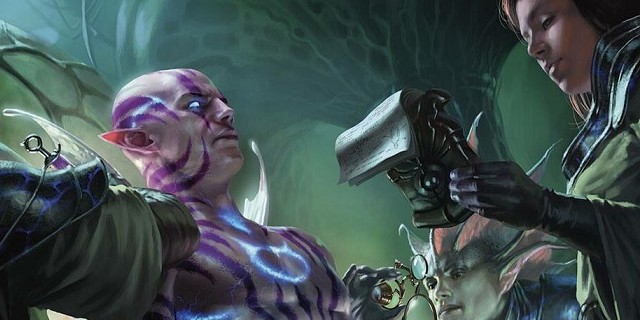
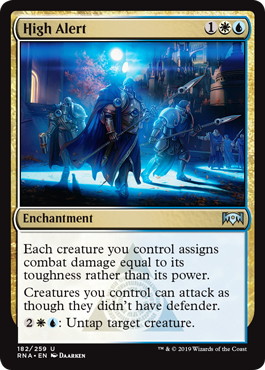
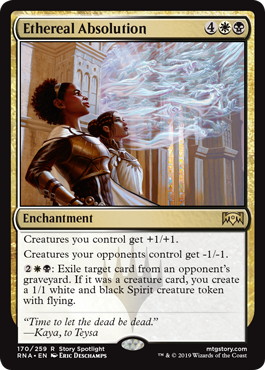
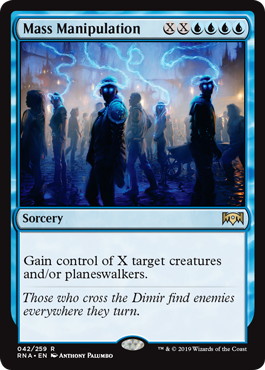
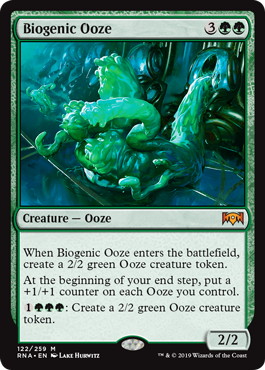
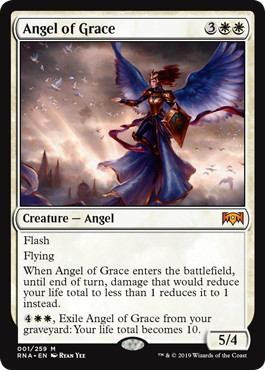
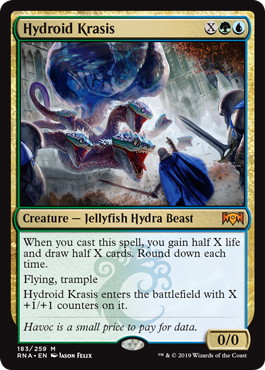
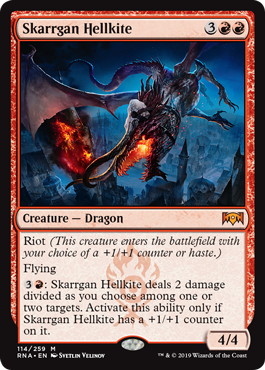
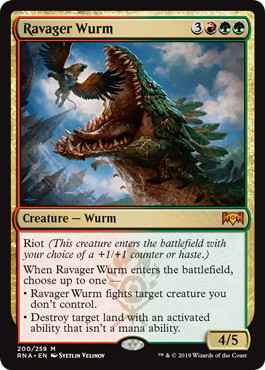
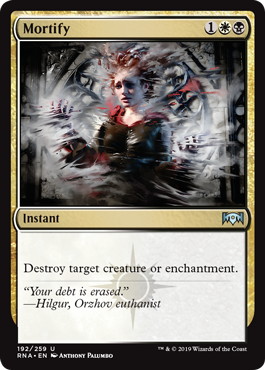

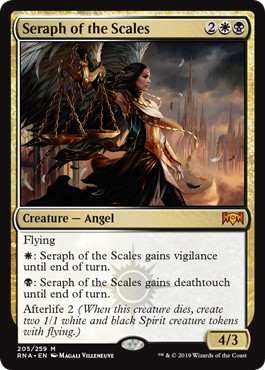

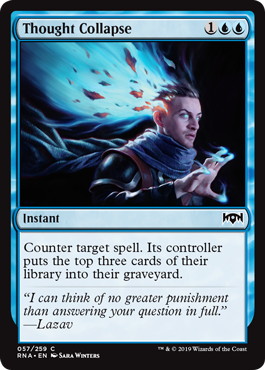

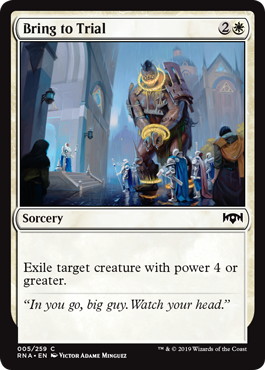
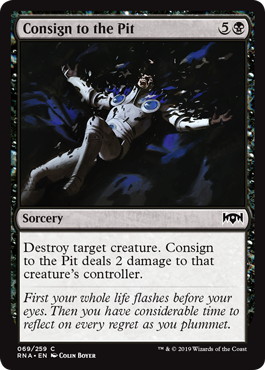

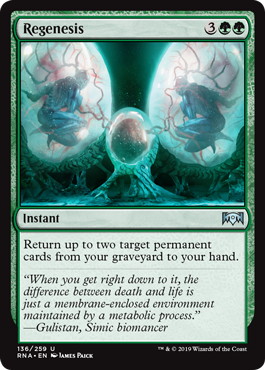
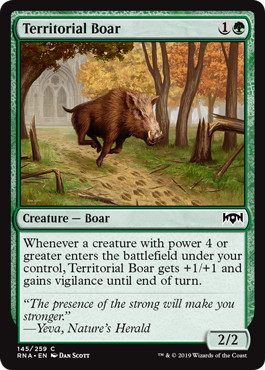
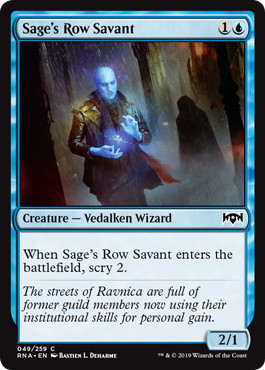
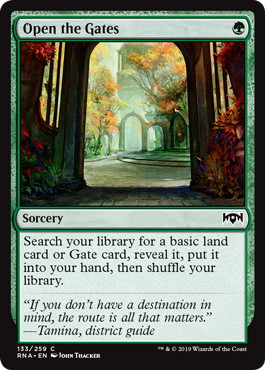



.jpg)
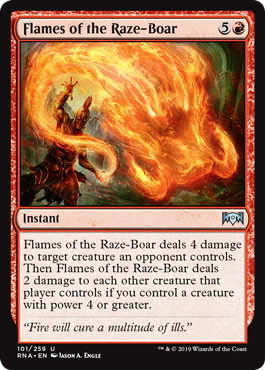
.jpg)

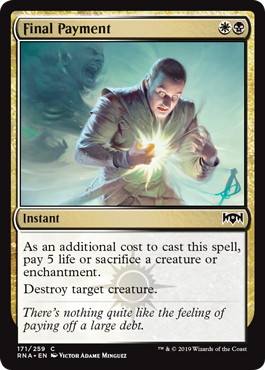
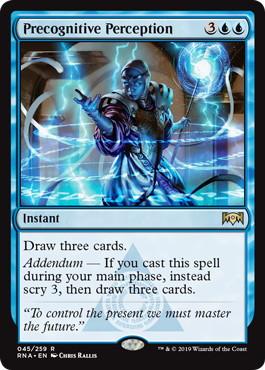

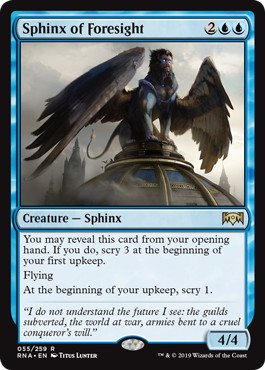
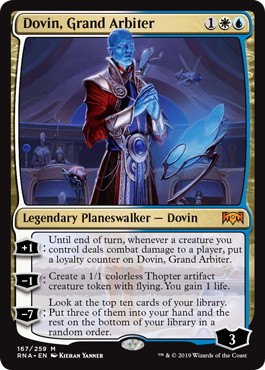

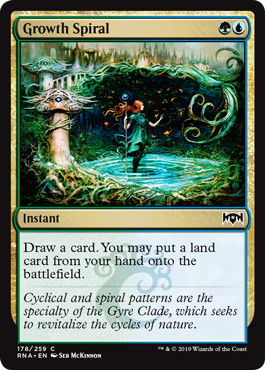

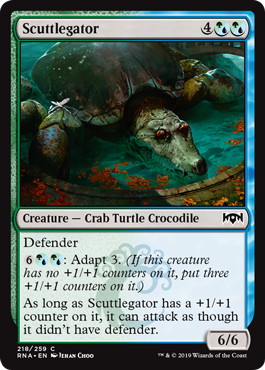
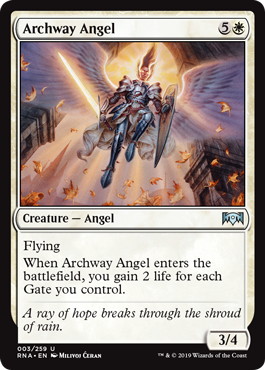
.jpg)








